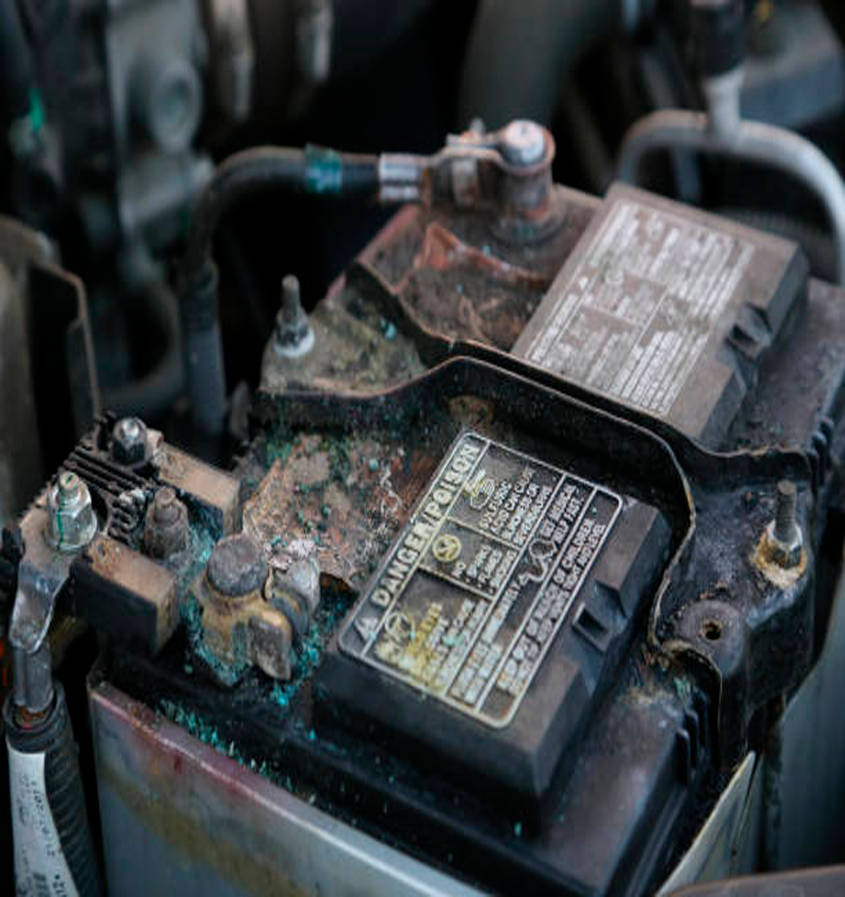Introduction
Thermal runaway reactions are one of the major dangers in the chemical industry. Loss of temperature control is the main Causes of battery failure. Thermal runaway can occur due to an internal short circuit caused by physical damage to the battery or poor battery maintenance. The same type of scenario could cause an external short circuit which could also kick off the chain reaction.
When charging the battery, especially in the end, the charger does not turn green light, and the battery is seriously hot. If you measure the charging current, you will find that the current is very high, which can reach 2A or more. When the heat is severe, the gas segregation pressure is too high, which will cause the battery case to be heated and deformed until the battery is scrapped.

Causes of Thermal Runaway Failure of the Battery:
- The battery is dehydrated – After water loss, the ultrafine glass fiber partition in the battery shrinks, making the adhesion with the positive and negative plate worse, increasing the internal resistance, and increasing the heat generated during charging and discharging. After the above process, the heat generated inside the battery can only dissipate heat through the battery tank. If the heat dissipation is less than the heat generated, the temperature will rise. The temperature rise reduces the over position of the battery, increases the amount of oxygen. A large amount of positive oxygen reacts on the negative surface through the “channel”, releasing a large amount of heat, causing the temperature to rise rapidly, forming a vicious cycle, which is called “thermal runaway”. The battery will deform when the final temperature reaches above 80°C. At the same time, the largest heat capacity in the battery is water. After water loss, the battery capacity is greatly reduced, and the heat produced causes the battery temperature to rise rapidly.
- Single-panel backwardness – If a set of batteries or a cell battery seriously lags behind, under the condition that the constant voltage value of charging remains unchanged, the voltage of the backward grid does not rise or rises slowly, and the charging voltage of other good cells is relatively high, which will heat up; one of the batteries in the same group will also cause its His good battery gets warm due to overcharge, which will also cause thermal runaway problems.
- The charging voltage is too high – The charging voltage of some inferior chargers exceeds the specified grid, so that the battery precipitation can be discharged in time, forming a thermal runaway.
- The oxygen cycle is smooth – The oxygen precipitation from the positive plate acts directly on the negative plate, and the heat produced cannot be discharged in time, resulting in the thermal runaway of the battery.
Battery failure is small, and the loss is large. Don’t cause immeasurable losses due to negligence in your daily life. After the battery lasts for a long time, there will be a variety of failures. Please don’t be careless.
Buy Now: SEMCO Lithium Battery Charge & Discharge Unit SI CDM 100V 30A
Conclusion
A thermal runaway phenomenon occurs in batteries of all the electrochemical systems. In the case of the thermal runaway occurrence, a battery heats up sharply and afterwards a battery body inflammation are possible followed by an explosion.
More Articles:
Pre-Lithiation Strategies for Lithium Battery,
Latest Technology of Lithium Battery,
Dry Goods Lithium Button Battery Assembly and Test,
MSDS For LiFePO4 Battery Pack,
Power Battery Pack Technology,
Best Way of Charging Lithium Batteries,
Analyze Common Bulging Reasons for Lithium Batteries,
Aging of NCA Lithium Batteries,
Function and Components of Battery Pack & BMS,
Cell BMS Pack Failure Analysis,
Lithium Battery Protection Board,

